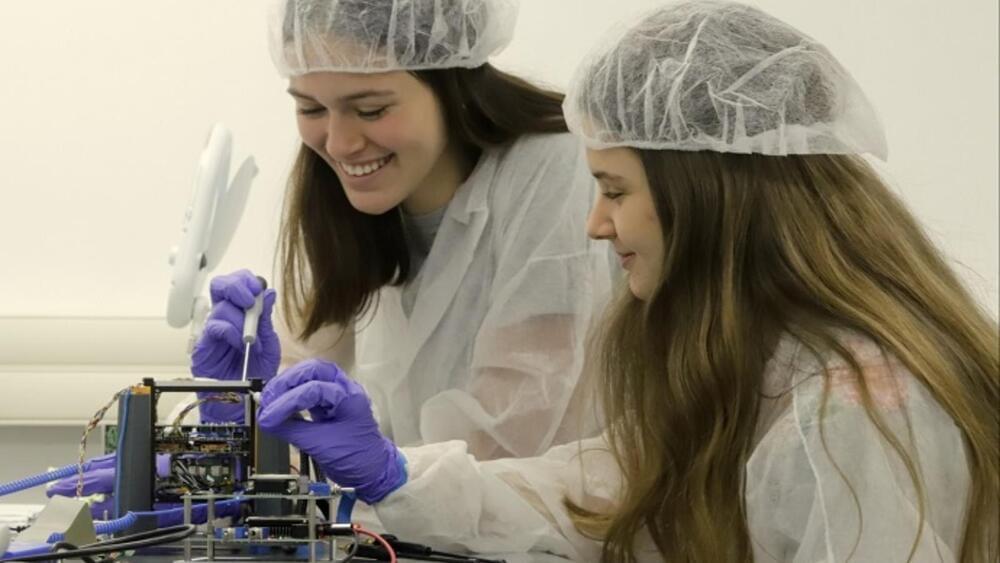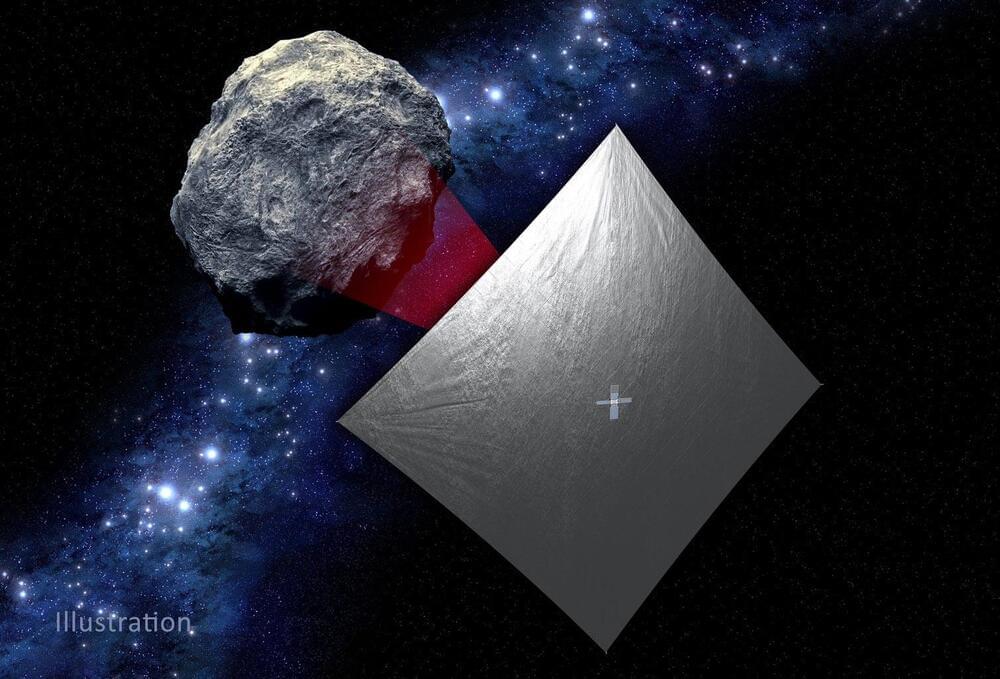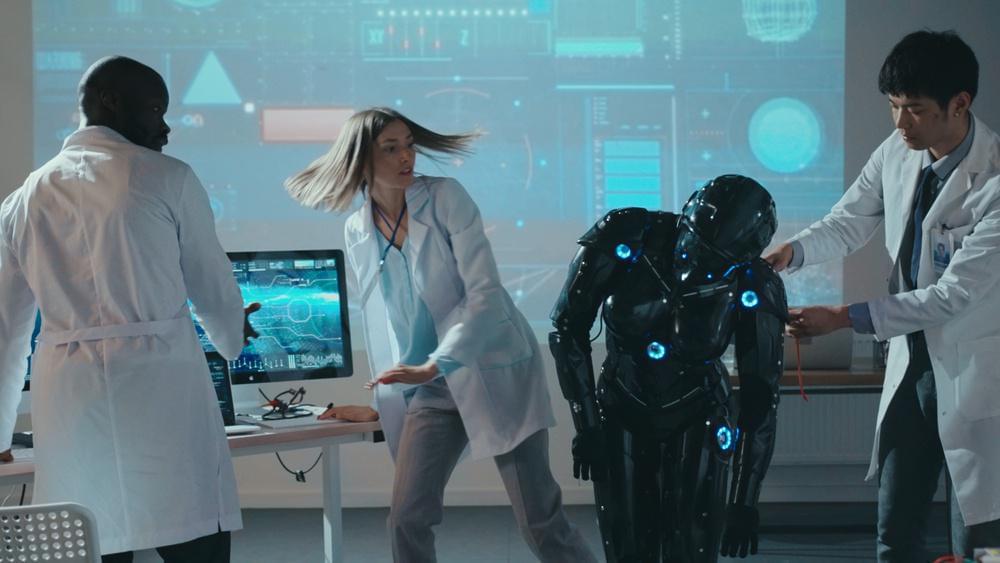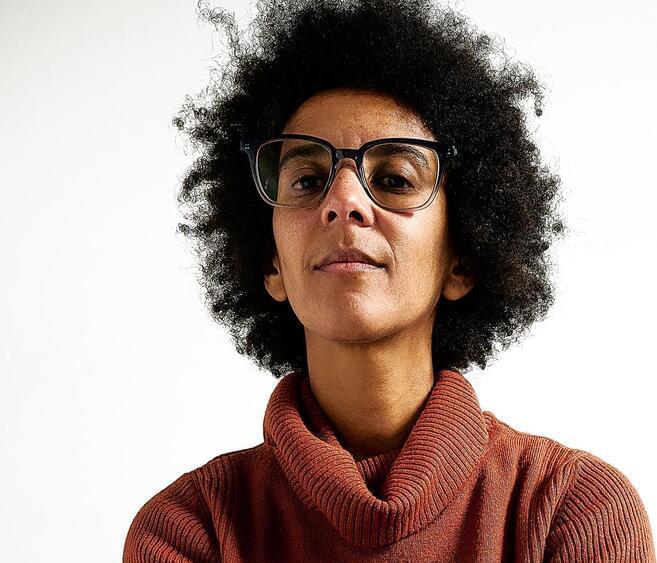Students from eight Jewish and Arab schools spent three years building satellites and watched a live NASA feed as they took off for outer space.



This is a bit interesting. As we all know, education has been crushed by the pandemic measures. Jeff Bezos has been operating one free preschool program in Washington State where Amazon is based. Now he is adding three more such programs in Texas.
I assume he picked Texas because Blue Origin is based there and he wishes to focus more on Blue Origin. Elon Musk regularly donates to education in Texas as well, likely because Starship is currently based in Texas.
Houston city council member Karla Cisneros said the partnership will help support the development and success of some of the city’s neediest children and help the future workforce be prepared for jobs. “We are helping women get back to work, and we are giving young children a good shot at a better life,” Cisneros said in the release.
The Bezos Academy opened its first school in Des Moines, Washington in October 2020. The preschool program has three other locations opening in Texas this year, including two in Dallas.

Circa 2019
Annually for three years, The Lemelson Foundation will give $100 awards to outstanding inventors in up to 270 Society Affiliate Fairs with middle school participants around the country. The prize was specially created to reward young people whose projects exemplify the ideals of inventive thinking by identifying a challenge in their community and creating solutions that will improve lives.
Invasive algae are often found in bodies of water such as lakes and ponds, but can it be used as paper? Seventh-graders, Wyatt Vick and Charley Clyne, from Zane Trace Middle School in Chillicothe, Ohio, set out to answer that question with their project, “Algae Paper,” eventually earning them the Lemelson Early Inventor Prize.
The idea to investigate algae as a possible paper source came to Wyatt and Charley one day while fishing. “The water level had gone down and we saw dry algae around the edges of the pond—it resembled paper. I could even fold an origami crane out of it,” said Wyatt. “There have been a few studies about the use of algae as paper, but most of what we found was about using red algae specifically for paper products, but they performed poorly in tests.”
Aboard the International Space Station, NASA Expedition 66 Flight Engineers Mark Vande Hei and Kayla Barron of NASA answered pre-recorded questions about life and work as astronauts on the orbital laboratory during an in-flight event Jan. 24 with students attending the Center for Early Childhood Education in Hollywood, California. Vande Hei and Barron are in the midst of long duration missions living and working aboard the microgravity laboratory to advance scientific knowledge and demonstrate new technologies for future human and robotic exploration missions as part of NASA’s Moon and Mars exploration approach, including lunar missions through NASA’s Artemis program.
Get the latest from NASA weekly: www.nasa.gov/subscribe

A Facebook robot that wraps fiber-optic cable around existing power lines could help bridge the digital divide by bringing internet access to some of the billions of people who currently lack it.
Why it matters: The 60% of the world population with internet access has social, economic, financial, and educational advantages over the other 40%, most of whom live in developing nations or rural areas.
The cost of expanding internet networks is a major barrier to bringing internet access to those people — if the Facebook robot can cut that cost, it could help close this “digital divide” and make the world a more equitable place.
Peter Diamandis, Chairman and Co-Founder of Singularity University, discusses the best way to predict the future, and shares his personal philosophies on innovation and the commercial space industry. Flimed at Singularity University’s Executive Program, March 2010.
Subscribe: http://bit.ly/1Wq6gwm.
Connect with Singularity University:
Website: http://singularityu.org.
Singularity HUB: http://singularityhub.com.
Facebook: https://www.facebook.com/singularityu.
Twitter: https://twitter.com/singularityu.
Linkedin: https://www.linkedin.com/company/singularity-university.
Google+: https://plus.google.com/+singularityu.
About Singularity University:
Singularity University is a benefit corporation headquartered at NASA’s research campus in Silicon Valley. We provide educational programs, innovative partnerships and a startup accelerator to help individuals, businesses, institutions, investors, NGOs and governments understand cutting-edge technologies, and how to utilize these technologies to positively impact billions of people.
Peter Diamandis — The best way to predict the future | Singularity University.

NEA Scout will visit an asteroid estimated to be smaller than a school bus – the smallest asteroid ever to be studied by a spacecraft.
Launching with the Artemis I uncrewed test flight, NASA
Established in 1958, the National Aeronautics and Space Administration (NASA) is an independent agency of the United States Federal Government that succeeded the National Advisory Committee for Aeronautics (NACA). It is responsible for the civilian space program, as well as aeronautics and aerospace research. It’s vision is “To discover and expand knowledge for the benefit of humanity.”

The more a technology or concept permeates and gets normalized in our day-to-day lives, the more we grow to expect from it. About two decades ago, a sub-56kpbs dial-up internet connection seemed miraculous. Today, with internet speeds as high as 2000Mbps becoming normal, the 56Kbps connection would be considered a failure of sorts—in the developed world, at least. This shift in expectation also applies to AI. Having seen numerous practical AI applications aid human convenience and progress, both the general population and the AI research community now expects every new breakthrough in the field to be more earth-shattering than the previous one. Similarly, what qualifies as AI failure has also seen a massive shift in recent years, especially from a problem owner’s perspective. failure, in most cases, is attributed to technology-centric factors like the quality of data or the capabilities of algorithms and hardware used, ignoring the most crucial aspect of AI success—the end user.

For the past decade, AI has been quietly seeping into daily life, from facial recognition to digital assistants like Siri or Alexa. These largely unregulated uses of AI are highly lucrative for those who control them but are already causing real-world harms to those who are subjected to them: false arrests; health care discrimination; and a rise in pervasive surveillance that, in the case of policing, can disproportionately affect Black people and disadvantaged socioeconomic groups.
Gebru is a leading figure in a constellation of scholars, activists, regulators, and technologists collaborating to reshape ideas about what AI is and what it should be. Some of her fellow travelers remain in Big Tech, mobilizing those insights to push companies toward AI that is more ethical. Others, making policy on both sides of the Atlantic, are preparing new rules to set clearer limits on the companies benefiting most from automated abuses of power. Gebru herself is seeking to push the AI world beyond the binary of asking whether systems are biased and to instead focus on power: who’s building AI, who benefits from it, and who gets to decide what its future looks like.
Full Story:
The day after our Zoom call, on the anniversary of her departure from Google, Gebru launched the Distributed AI Research (DAIR) Institute, an independent research group she hopes will grapple with how to make AI work for everyone. “We need to let people who are harmed by technology imagine the future that they want,” she says.
When Gebru was a teenager, war broke out between Ethiopia, where she had lived all her life, and Eritrea, where both of her parents were born. It became unsafe for her to remain in Addis Ababa, the Ethiopian capital. After a “miserable” experience with the U.S. asylum system, Gebru finally made it to Massachusetts as a refugee. Immediately, she began experiencing racism in the American school system, where even as a high-achieving teenager she says some teachers discriminated against her, trying to prevent her taking certain AP classes. Years later, it was a pivotal experience with the police that put her on the path toward ethical technology. She recalls calling the cops after her friend, a Black woman, was assaulted in a bar. When they arrived, the police handcuffed Gebru’s friend and later put her in a cell. The assault was never filed, she says. “It was a blatant example of systemic racism.”
Researchers at UC Berkeley have developed a drone whose hinged arms can fold themselves from horizontal to vertical position in order to pass through tight spaces or carry light objects.
Previous limb-adjusting vehicles created by labs like Purdue University’s Engineering Technology school were outfitted with actuators that shifted the arms and rotors into different positions, making them more efficient in certain conditions like heavy winds. The HiPeRLab staff wanted to avoid inclusion of actuators, which draw off the drone’s batteries and thereby reduce its flight time. Their solution: use passive hinges whose up and down folding is powered by the rotors themselves.